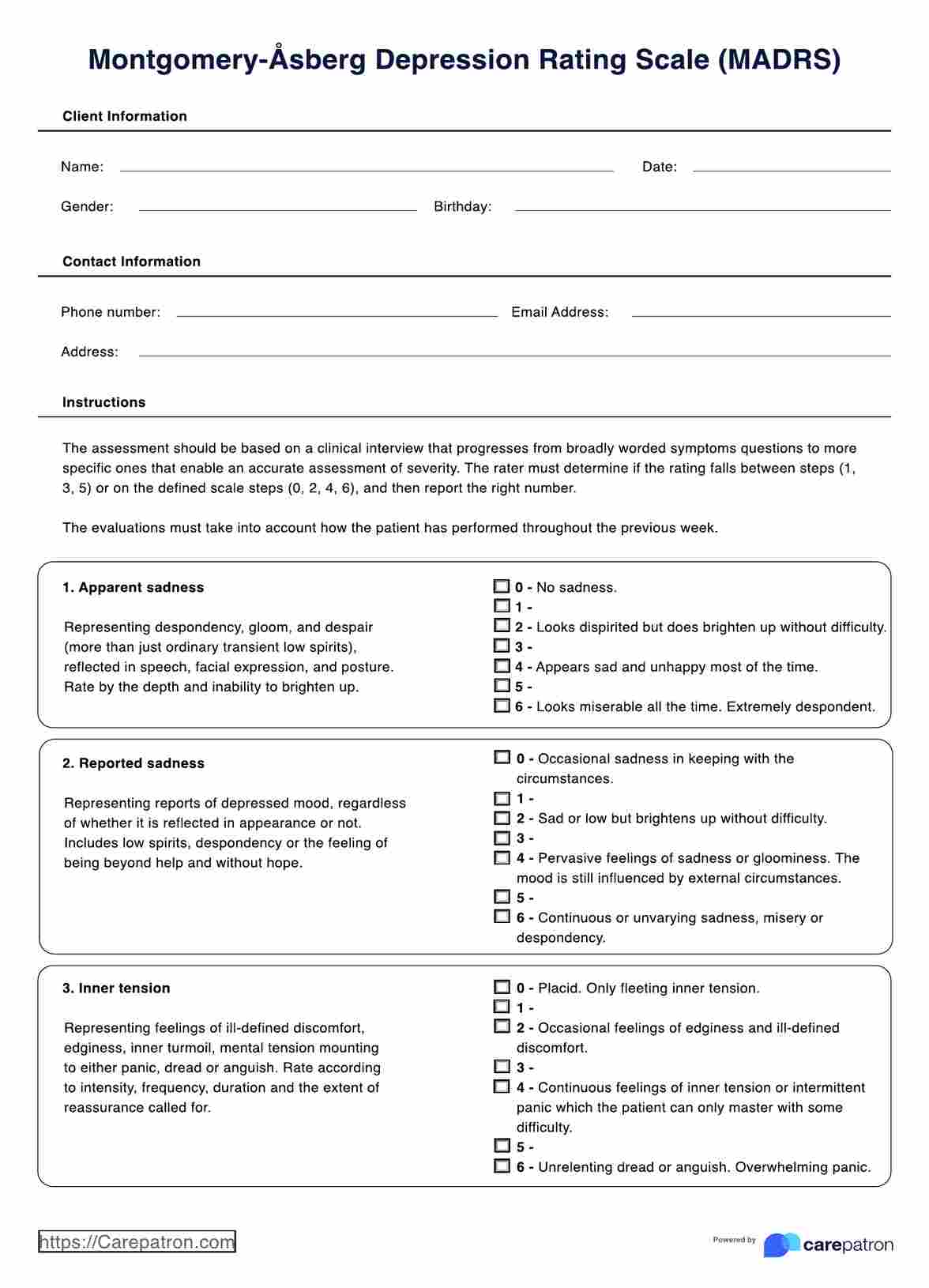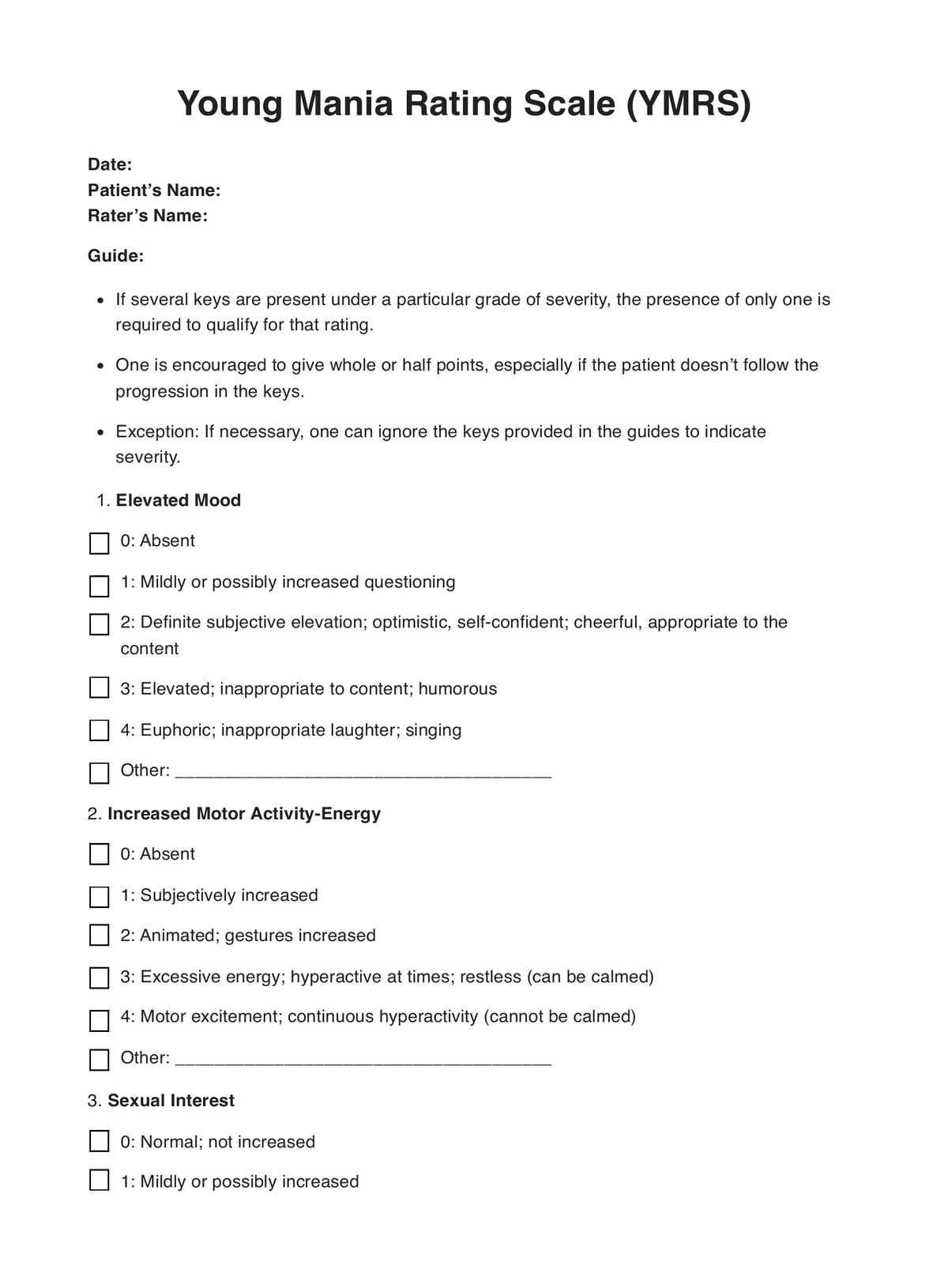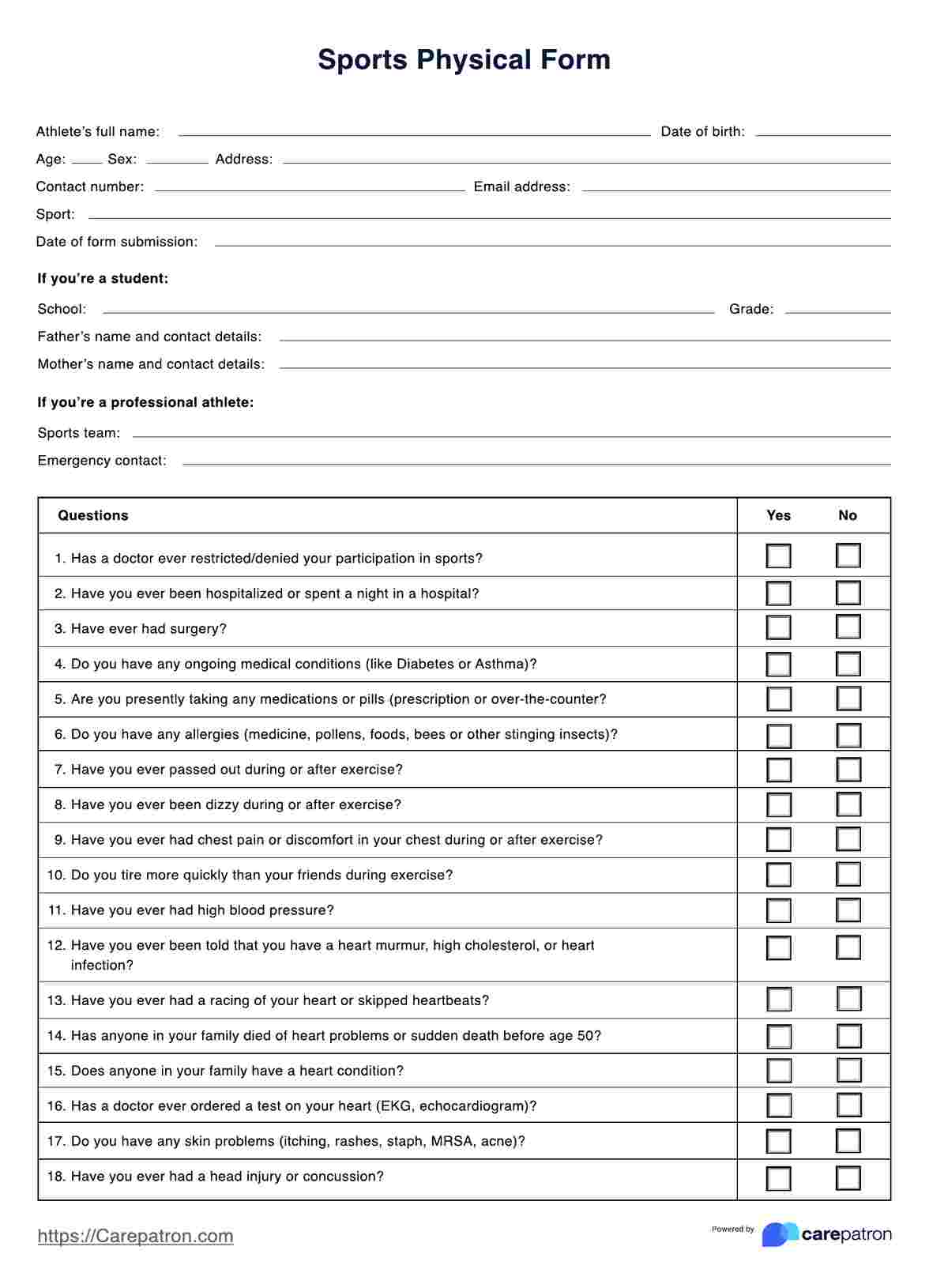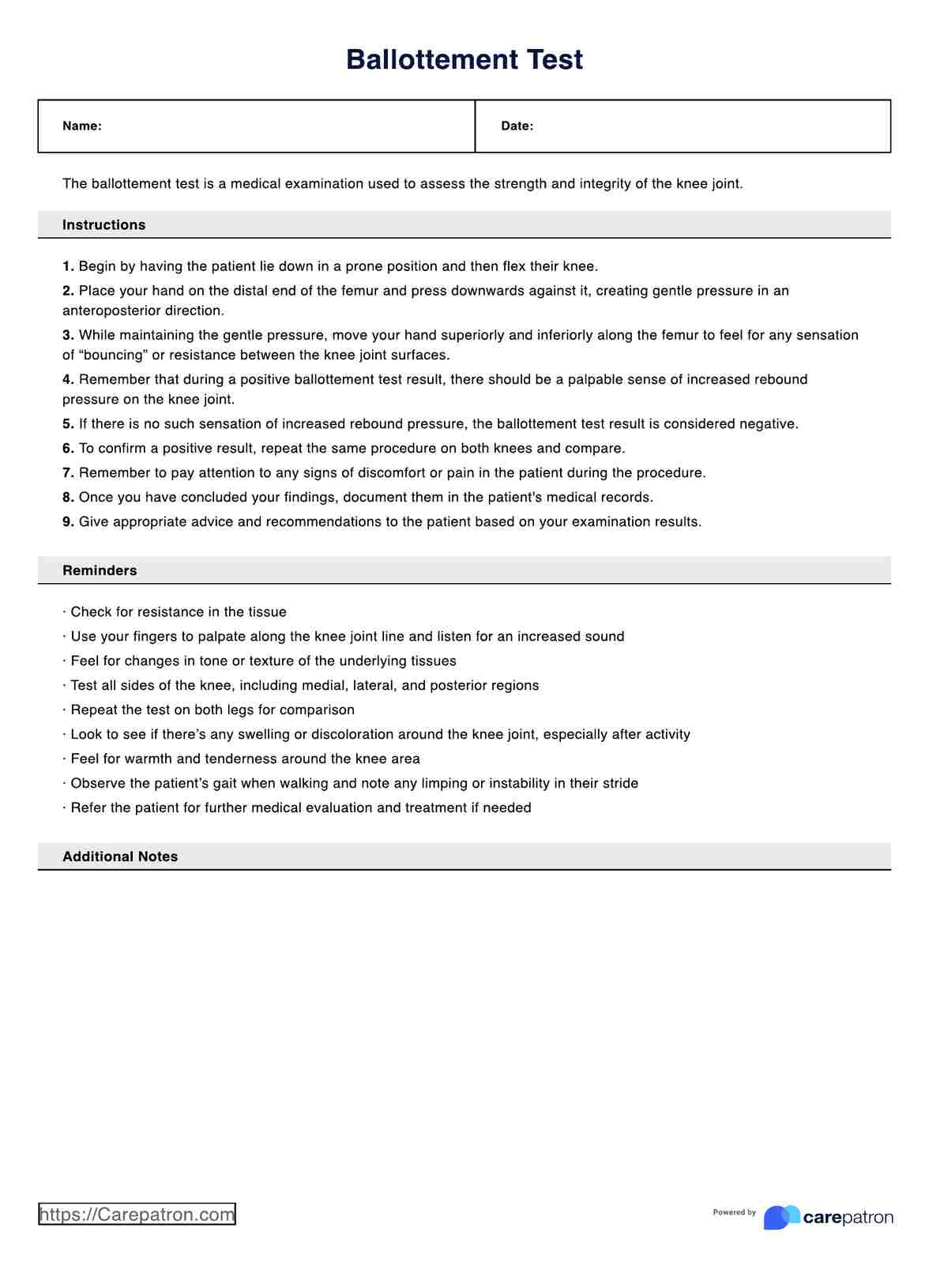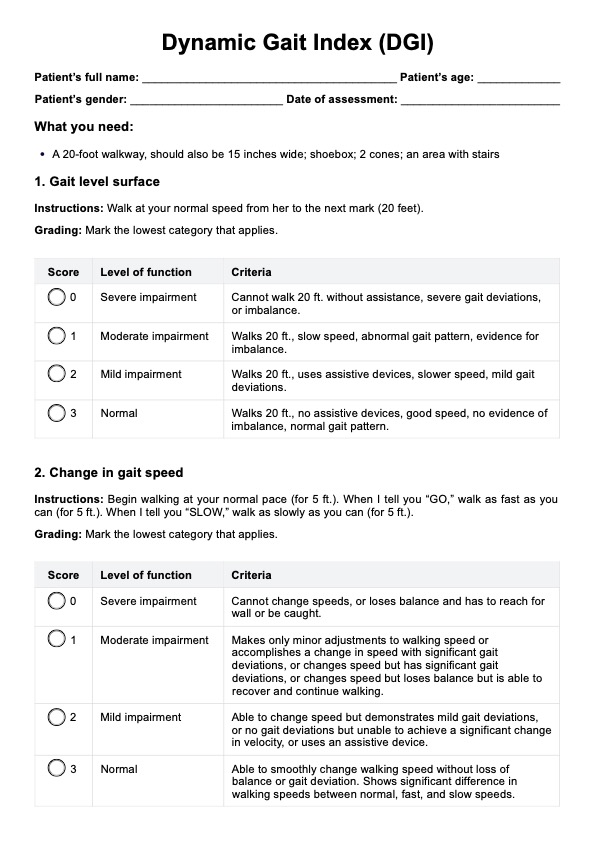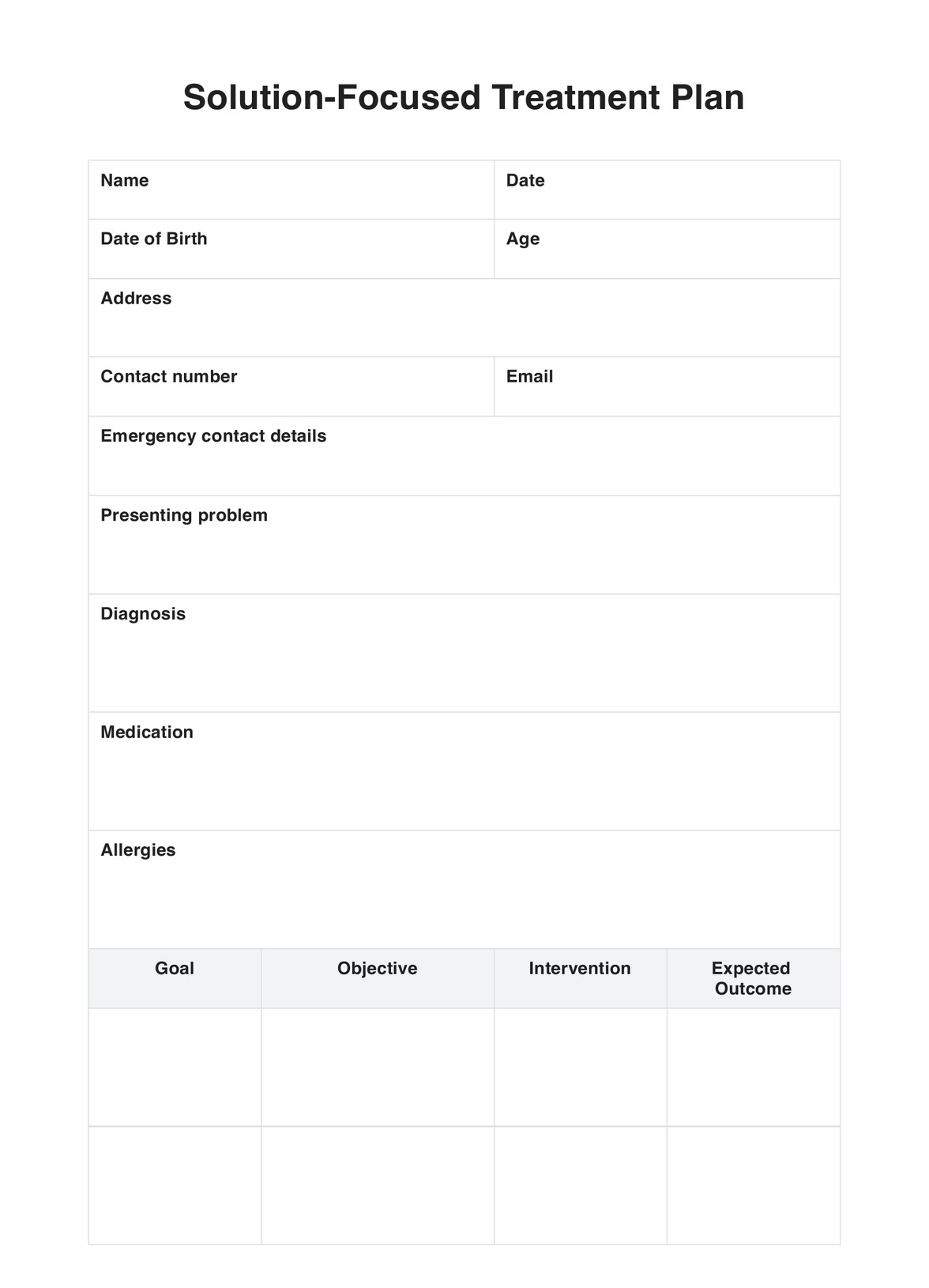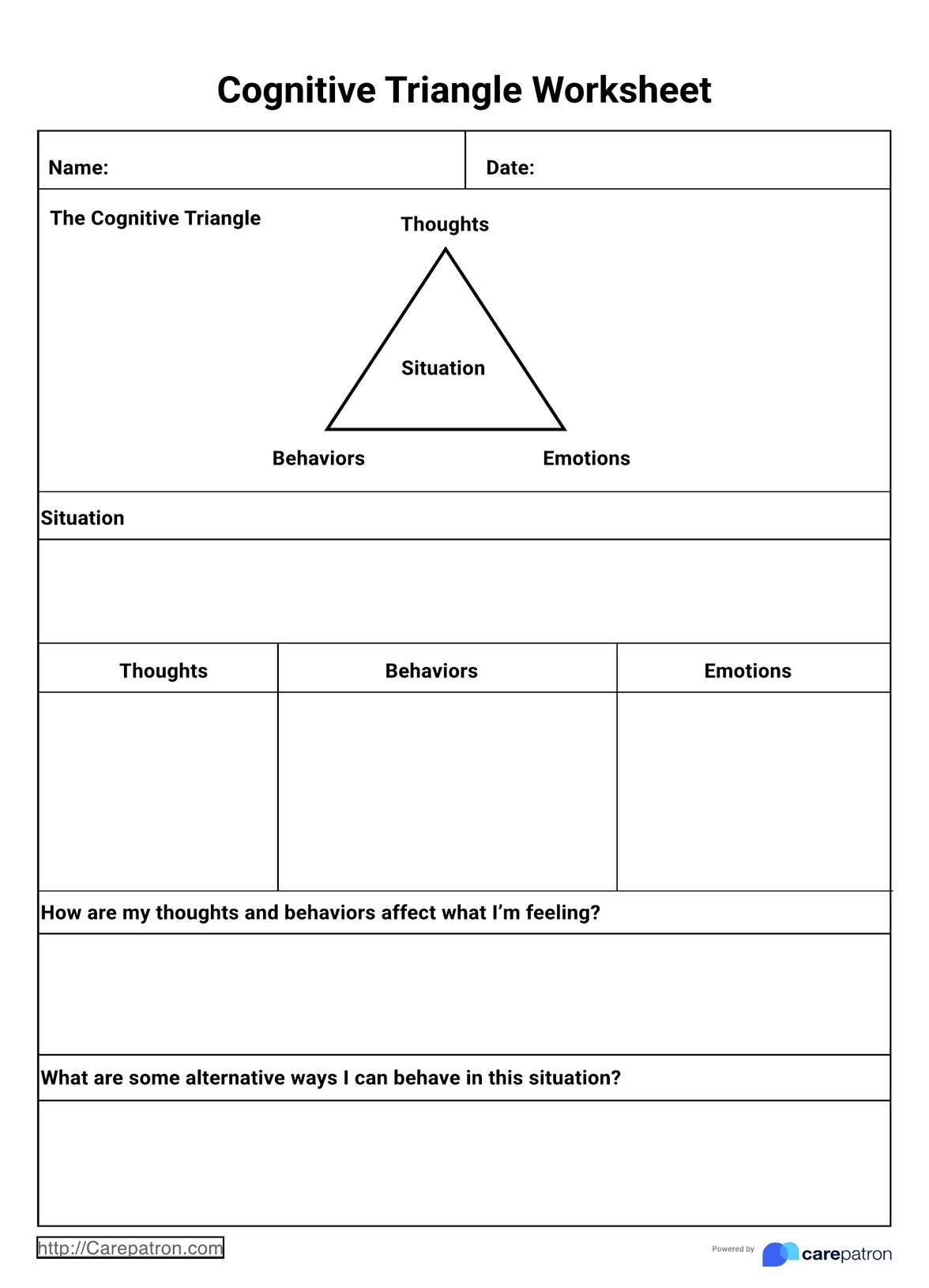Biceps Load Tests
Dive into our comprehensive guide on the Biceps Load Test. Unlock the science behind it and discover why Carepatron is the go-to app for professionals!


What is a Biceps Load Test?
Ahoy, dedicated therapists and keen fitness enthusiasts! 🚀 Ever felt that tingling sense of curiosity about how one of the body's most flaunted muscles—the biceps—is tested for stability and injury? Well, we've got some curling news for you. Introducing the —the hero we've all been waiting for!
In the vast universe of orthopedic tests, the Biceps Load Test is a shining star explicitly designed for the biceps. It's not just a fancy name; this test is about precision and detail. Whether you're a therapist looking to diagnose potential biceps tendon issues or someone who's into the nitty-gritty of muscle mechanics, this test is a valuable addition to your toolkit.
Think of it as the detective of the muscular world. Evaluating the biceps' response when loaded unveils hidden truths about injuries, especially those sneaky labral tears. But here's the kicker—we're not just talking theory! Alongside the test, we're serving you a real-deal example in a neat PDF format that you can download, dissect, and deploy. 🎯
So, if you're ready to flex those brain muscles and dive deep into the Biceps Load Test realm, stick around! We promise it's going to be a bicep-tacular journey.
Biceps Load Tests Template
Biceps Load Tests Example
How Does It Work?
The Biceps Load Test is essential for healthcare professionals, especially physical therapists, in diagnosing potential biceps tendonitis or tears. Its simplicity and effectiveness are what make it widely accepted. So, how does one carry out this assessment correctly?
1. Patient Preparation
- Positioning: Begin by having the patient lie down with the shoulder tested in a 90° abducted position and the elbow at 90° flexion.
- Communication: Explain the procedure to the patient. Ensure they understand they will be asked to resist specific movements to assess pain or discomfort.
2. Performing the Test
- Resistance: Hold the patient's wrist and instruct them to flex their biceps as you apply resistance.
- Observation: Feel and observe for any pain, clicking, or discomfort as the biceps muscle is loaded.
3. Interpretation
- Positive Result: The test is positive if the patient feels pain or discomfort in the shoulder or bicipital groove during resistance.
- Findings Integration: Combine the findings from this test with other assessments, medical history, and subjective reports to draw a comprehensive conclusion.
4. Documentation
- Recording: Document the findings immediately, noting whether the test was positive or negative and any other observations.
- Patient History Integration: Integrate the test result with the patient's medical history for a holistic diagnosis and treatment planning approach.
In conclusion, the Biceps Load Test provides a focused method to identify potential biceps tendon issues. It's a blend of tactile feedback for the therapist and subjective input from the patient. When done correctly, it offers invaluable insights into the patient's shoulder health, assisting in appropriate treatment planning and further interventions.
When Would You Use This Form?
Every assessment tool has its optimal usage scenario. But when is the Biceps Load Test most beneficial? Here's a guide to understanding its ideal situations:
- For Shoulder Pain Complaints: Patients often present with general shoulder pain. The Biceps Load Test is a quick method to determine if the biceps tendon might be the culprit.
- Post-Trauma Assessment: This test helps ascertain if the biceps tendon has been impacted after falls or direct blows to the shoulder.
- For Athletes: Athletes, especially those involved in throwing or racquet sports, often experience overuse injuries. The test can identify biceps tendonitis resulting from such repetitive activities.
- Pre-operative Evaluation: Before any surgical procedures on the shoulder, this test provides valuable insights into the biceps tendon's health.
- Post-rehabilitation: Therapists can use the Biceps Load Test to monitor the recovery progress and efficacy of treatments.
- Routine Check-ups: Even if a patient isn't showing apparent symptoms, the Biceps Load Test can be a preventive measure during regular health assessments.
The Biceps Load Test is a versatile tool, crucial for various situations, from diagnosing injuries to post-rehabilitation tracking. By understanding when to use this form, healthcare professionals can make more informed decisions and provide the best care to their patients.
Benefits
Simplified Diagnosis
Utilizing the Biceps Load Test template streamlines the diagnosis process. It ensures no significant observations or steps are missed, providing healthcare professionals with a structured approach to assessing the biceps tendon.
Increased Patient Trust
A structured and comprehensive assessment process reflects the high standards of care and expertise, fostering increased patient trust and confidence.
Time Efficiency
Time is crucial in healthcare. This template reduces the need for repeated consultations or prolonged diagnosis, ensuring patients get quicker results and treatment recommendations.
Documentation & Record Keeping
Good record-keeping is foundational in healthcare. The template is an organized record of each patient's biceps tendon health, which can be referenced in future consultations or treatments.
Educational Value
This template is an excellent learning tool for budding physical therapists or medical students. It outlines the standard procedure, helping newcomers understand and master the Biceps Load Test.
Enhanced Communication
The standardized format promotes more straightforward communication between healthcare professionals. Whether it's specialists, GPs, or physiotherapists, everyone understands the document's content and can derive actionable insights.
Research & Evidence
The Biceps Load Test has its roots in the ever-evolving field of sports medicine and orthopedic physical therapy. Originating from the need to accurately and swiftly diagnose biceps tendon pathologies, especially in athletes, the test underwent rigorous scrutiny before gaining acceptance in the medical community.
In a groundbreaking study conducted in the early 2000s, researchers sought to validate the efficacy of the Biceps Load Test in isolating biceps tendon issues from other similar presenting pathologies. Their findings revealed that the test had a high sensitivity and specificity rate, making it one of the go-to diagnostic tools for suspected biceps tendonitis or tears.
Further studies corroborated these results, noting the test's utility in athletes and the general population. Especially in cases where magnetic resonance imaging (MRI) or ultrasonography might be inaccessible or inconclusive, the Biceps Load Test proved invaluable.
Moreover, a comparative study between various physical examination maneuvers for biceps tendon pathologies ranked the Biceps Load Test among the top for its reliability and validity. Such overwhelming evidence and the medical community's endorsement ensure that when healthcare professionals use the Biceps Load Test template, they rely on a tool backed by robust scientific evidence.
References
- Ahn JH, Lee YS, Jeong HJ, Park JH, Kim JY. The Biceps Load Test and Load and Shift Test for Diagnosis of Partial Thickness Tears of the Subscapularis Tendon. Am J Sports Med. 2009;37(9):1801-1806.
- Park JY, Oh KS, Bahk YW, Park SY. The Biceps Load Test for the Diagnosis of Superior Labral Tears. J Bone Joint Surg Br. 2008;90(11):1548-1553.
- Kim KC, Rhee KJ, Shin HD. Validity of the Biceps Load Test I & II and the Bump Test for Clinical Diagnosis of Rotator Cuff Tears. J Orthop Science. 2009;14(3):270-275.
Commonly asked questions
Yes, the Biceps Load Test is adaptable for all age groups. However, modifying the test based on the patient's comfort and medical condition is essential.
The Biceps Load Test boasts high sensitivity and specificity rates, making it reliable when conducted correctly.
Absolutely! Carepatron offers seamless integration capabilities with various health platforms to ensure a cohesive user experience.


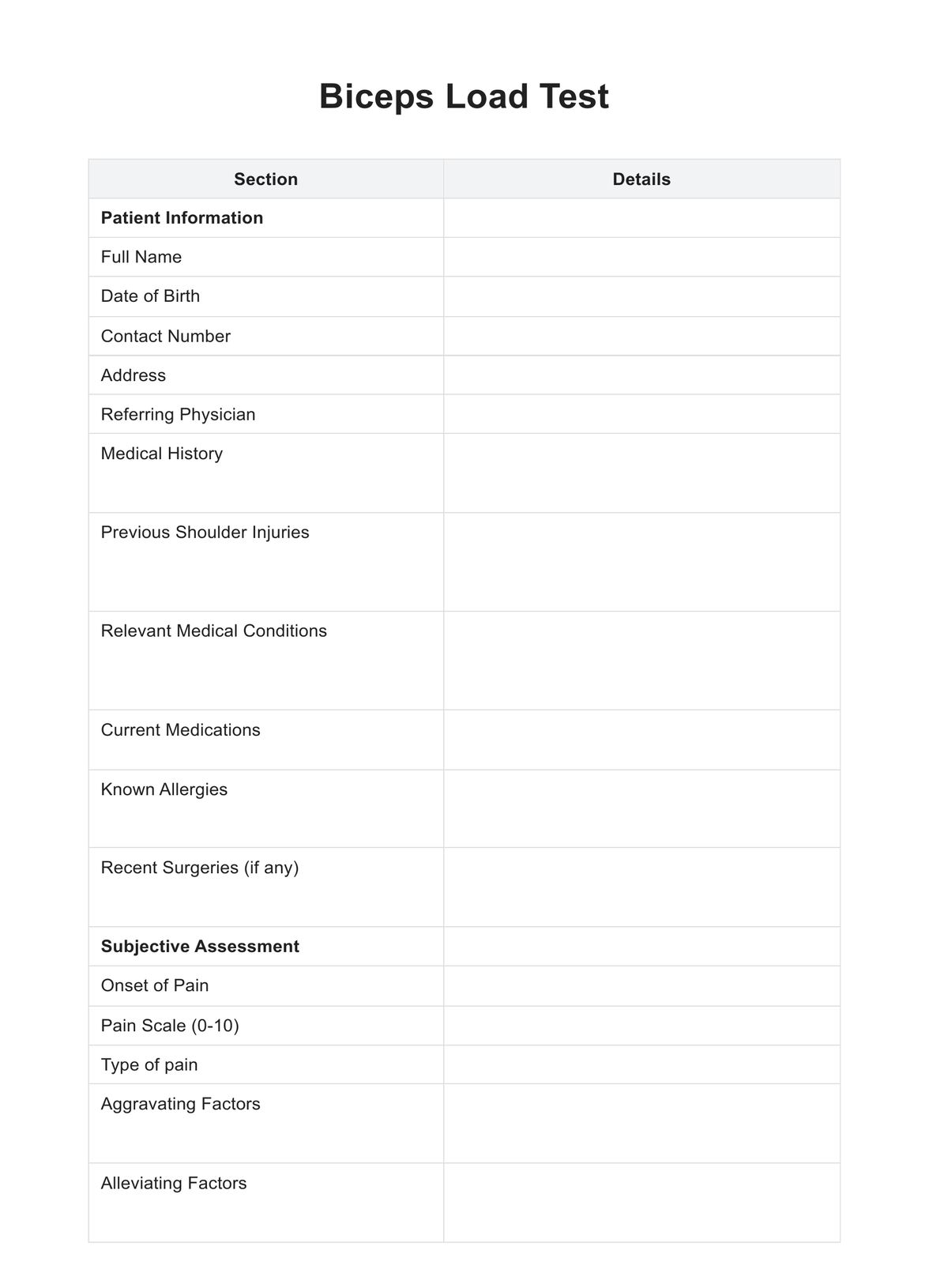
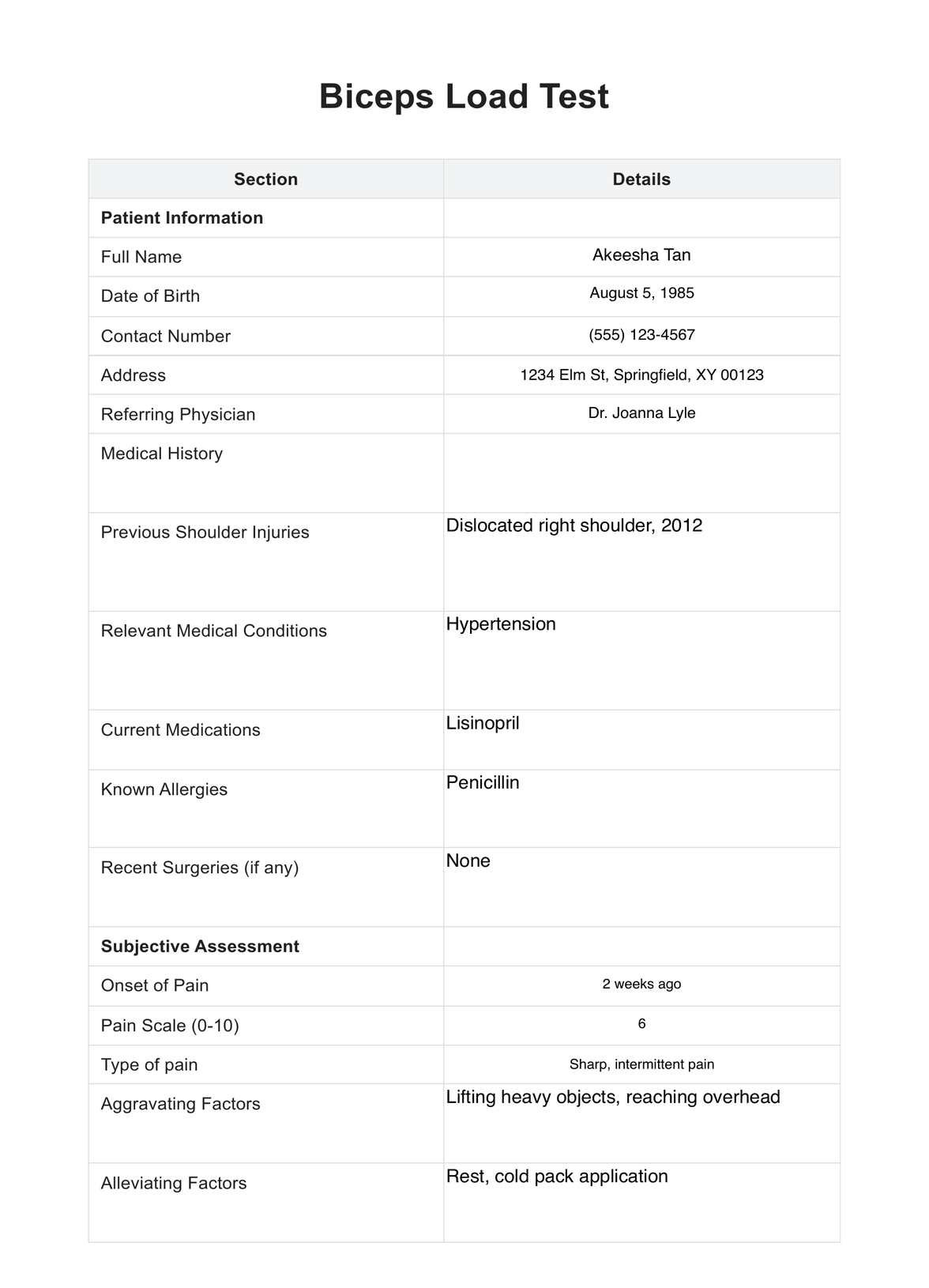

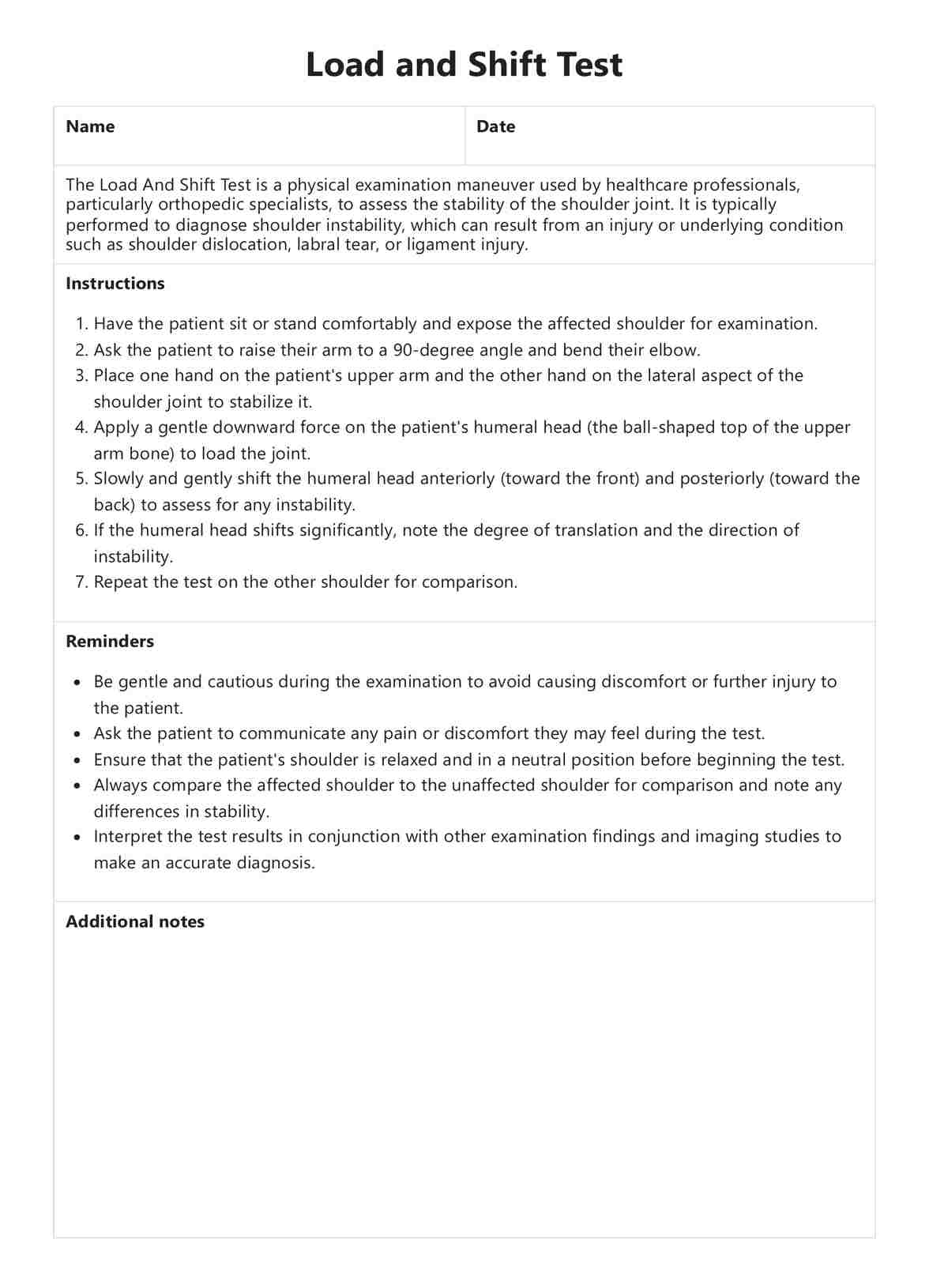













-template.jpg)






















































































